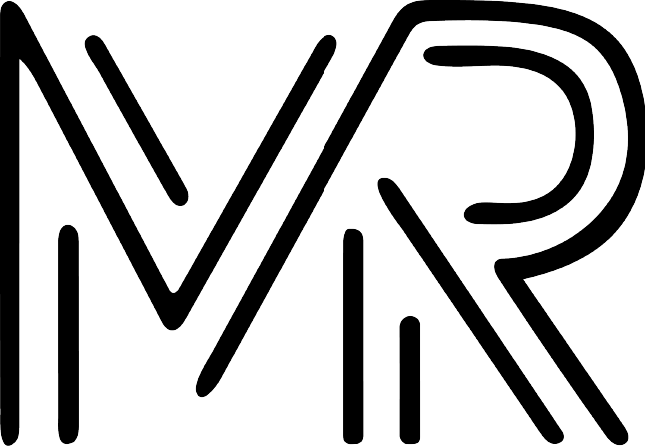TUESDAY // 09.15.2020
Human centered design is focused on the people the outcome or product is designed for, it reflects their specific needs and keeps the user experience in focus. With that being said, "There’s no better way to understand the hopes, desires, and aspirations of those you’re designing for than by talking with them directly." As a young designer, I've had little experience with interviewing participants in projects, but moving forward with research focused design I've learned that this is a crucial aspect in getting in the participants head and seeing things from their standpoint and I plan to implement this more in future designs. There's so much to learn from others, so incorporating ideas other than your own into the planning, production, and execution can help benefit the success greatly.
For my class project focusing on inclusive education of children, we interviewed several parents about their parenting style and practices they showed around their kids at home and in public. I don't have children, so interviewing these parents gave my group and I knowledge that we would not otherwise known, helping us move forward in our product designs of interactive workbooks and coloring pages. This also helped us define our audience that we wanted to reach and allowed us to create multiple conversation starters to help grow both the child and parents knowledge of queer topics such as body acceptance and inclusivity. Keeping age in mind, we focused our questions and imagery to be acceptable for children aging four to eight years old. We tried to immerse ourselves in the mind of children and what would spark their curiosity of the subject, and through this we created an interactive diary and photo-cards that other parents can use to start conversations they may be too scared to start on their own.
